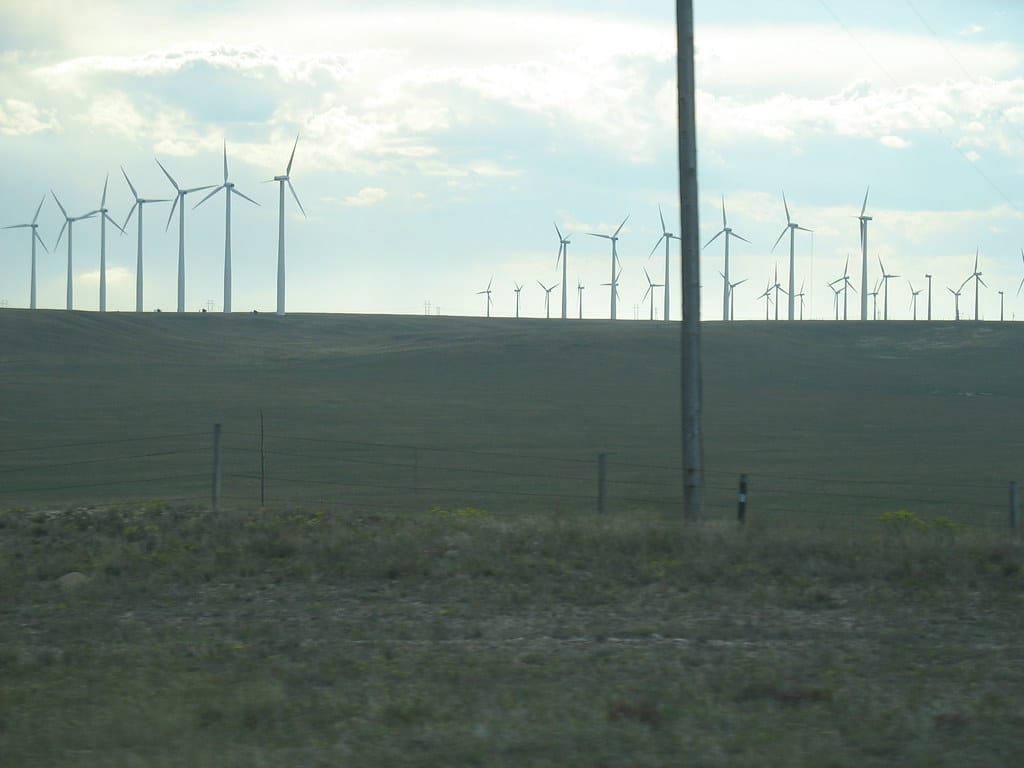Wyoming's Energy Paradox: Cheyenne AI Datacenter to Consume More Power Than Every Home in the State
A massive artificial intelligence datacenter planned for Cheyenne, Wyoming will consume more electricity than all residential homes across the entire state combined, marking a dramatic shift in how America's least populous state will use its abundant energy resources.
The facility, being developed by technology infrastructure company Applied Digital, represents one of the largest single electricity consumers ever proposed in Wyoming's history. When fully operational, the datacenter is expected to draw approximately 2,000 megawatts of power—enough electricity to power roughly 1.5 million homes.
The Numbers Behind Wyoming's Digital Transformation
To put this massive energy consumption in perspective, Wyoming's roughly 250,000 households currently use about 1,800 megawatts of electricity combined. The Cheyenne datacenter alone will exceed this residential consumption, fundamentally altering the state's energy profile overnight.
Wyoming has emerged as an unlikely hub for energy-intensive computing operations, thanks to its abundant coal and renewable energy resources, favorable business climate, and relatively low electricity costs. The state currently generates about 13,000 megawatts of electricity capacity, meaning this single facility would consume roughly 15% of the state's total generation capability.
Why Cheyenne for AI Computing?
The location choice reflects several strategic advantages that Wyoming offers to datacenter operators:
Energy Infrastructure: Wyoming's robust electrical grid, built to support major coal plants and growing wind farms, can handle massive industrial loads that would strain systems in other states.
Climate Benefits: The state's cooler temperatures reduce cooling costs—a critical factor since datacenters generate enormous amounts of heat that must be managed continuously.
Business Environment: Wyoming's pro-business policies, including no corporate income tax and minimal regulations, create favorable conditions for large-scale technology investments.
Grid Stability: Unlike some regions facing rolling blackouts or grid instability, Wyoming's energy infrastructure provides the reliability that AI computing operations require for 24/7 operations.
The AI Boom Driving Unprecedented Power Demand
The Cheyenne facility represents the physical infrastructure needed to support the artificial intelligence revolution. Training large language models like ChatGPT or Claude requires massive computational power, with some AI training runs consuming as much electricity as small cities over periods of weeks or months.
According to industry estimates, a single query to an AI chatbot uses roughly 10 times more electricity than a traditional Google search. As AI adoption accelerates across industries—from autonomous vehicles to medical diagnostics—the demand for specialized computing facilities is exploding.
Major technology companies are racing to secure adequate power supplies for their AI ambitions. Microsoft recently signed agreements to restart the Three Mile Island nuclear plant, while Google and Amazon are investing billions in new energy infrastructure to support their cloud computing and AI services.
Economic Impact and Infrastructure Challenges
The Cheyenne datacenter promises significant economic benefits for Wyoming, including hundreds of high-paying technology jobs and millions in annual tax revenue. However, the project also raises important questions about infrastructure capacity and energy allocation.
Local utility companies are upgrading transmission lines and substation equipment to handle the massive power draw. The project may require new high-voltage transmission infrastructure costing tens of millions of dollars.
The facility's power consumption also highlights broader questions about energy priorities. While the datacenter will create jobs and economic activity, it will consume more electricity than every Wyoming family combined, potentially affecting future residential and commercial development if generation capacity becomes constrained.
Environmental and Grid Implications
Wyoming's electricity mix includes substantial coal generation alongside growing renewable capacity from wind farms. The datacenter's environmental impact will largely depend on which power sources supply its operations.
Applied Digital has indicated interest in incorporating renewable energy into the facility's power mix, potentially accelerating Wyoming's transition toward cleaner electricity generation. However, the sheer scale of consumption means the facility will significantly influence the state's overall carbon footprint.
Looking Ahead: Wyoming's Digital Future
The Cheyenne AI datacenter represents more than just a single facility—it signals Wyoming's emergence as a major technology infrastructure hub. The state's combination of abundant energy, favorable policies, and available land positions it to attract additional datacenter investments.
As artificial intelligence becomes increasingly central to the global economy, regions like Wyoming that can provide reliable, large-scale power infrastructure will play crucial roles in supporting this technological transformation. The question remains whether local communities and infrastructure can adapt quickly enough to accommodate this dramatic shift in energy consumption patterns.
For Wyoming residents, the massive facility offers both opportunity and uncertainty—promising economic growth while fundamentally changing how their state uses its most valuable resource: energy.
